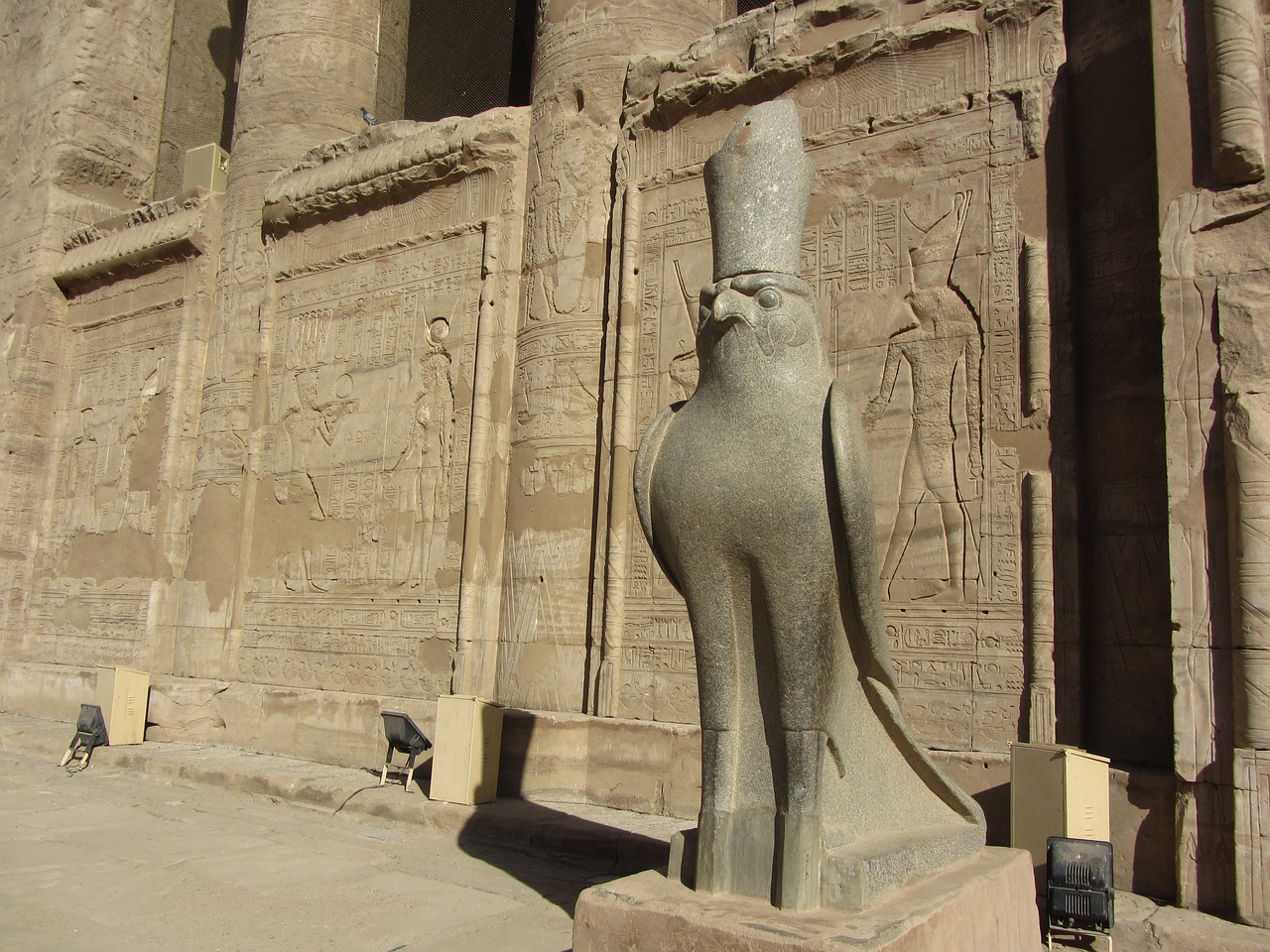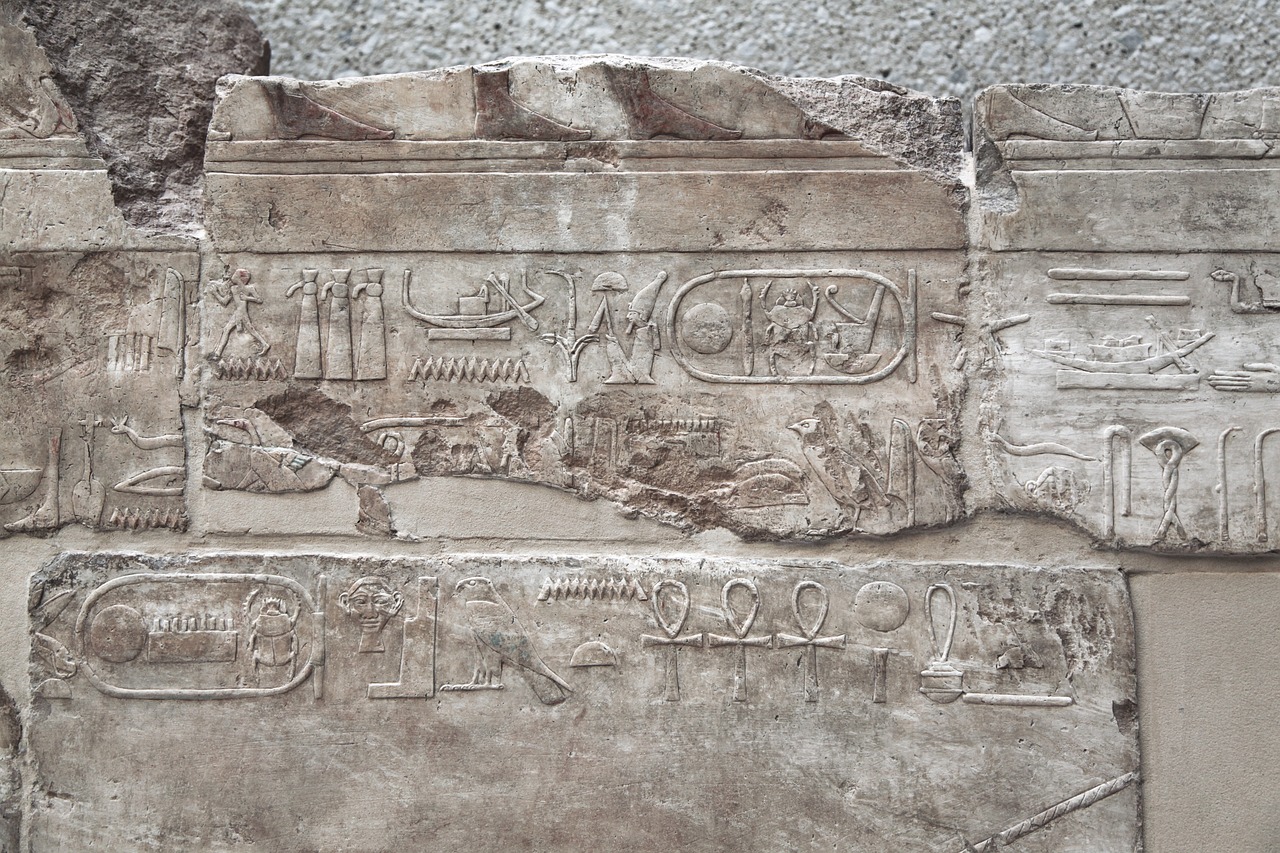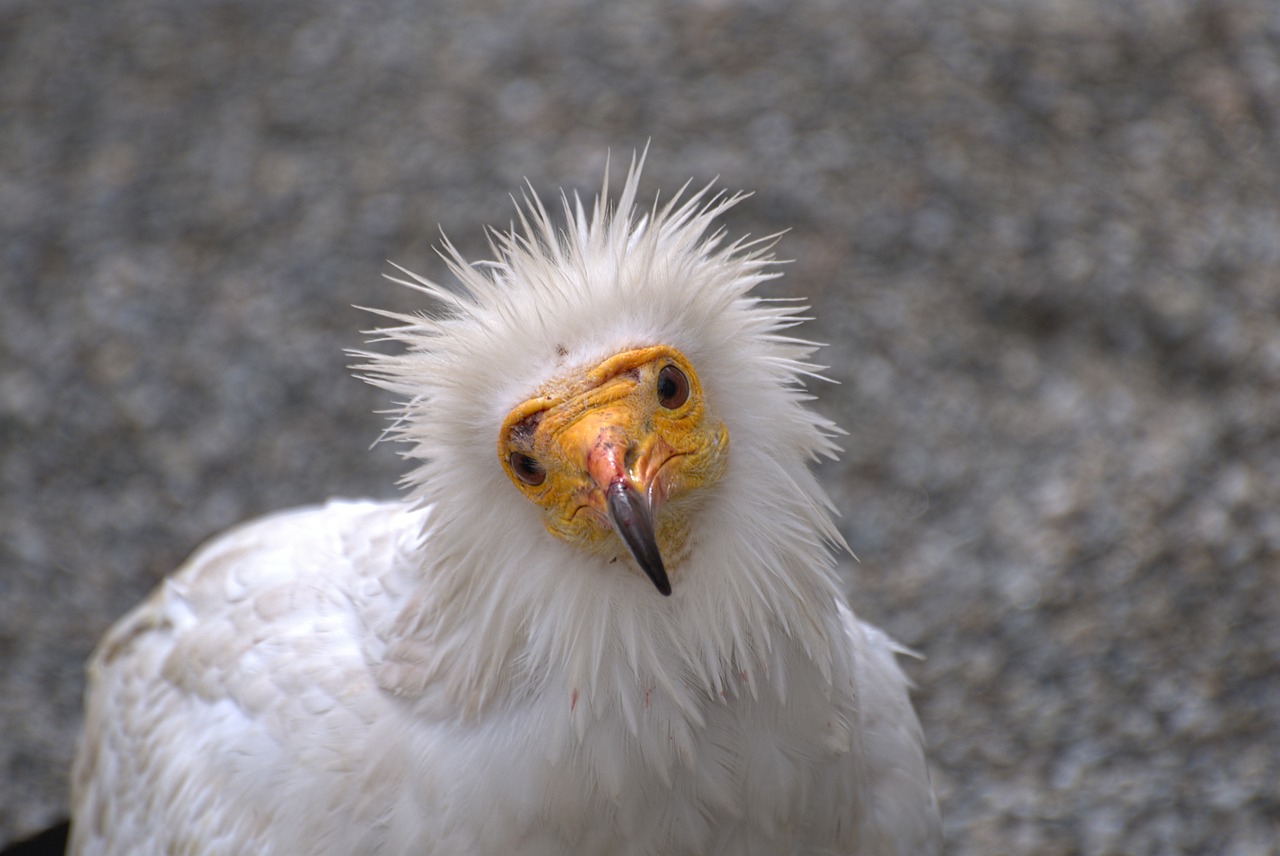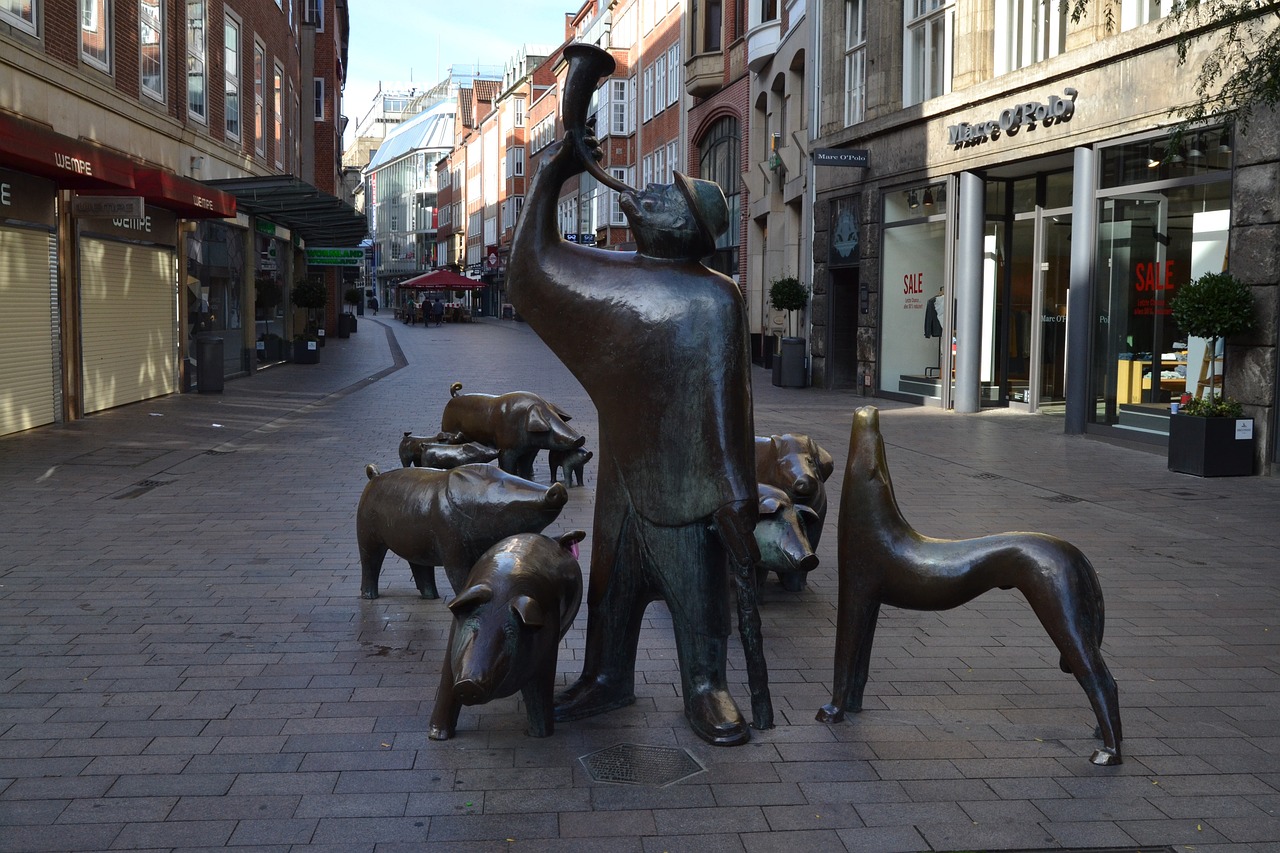Author: Erlang Shen
-
In ancient Greek religious belief, Hades, often referred to as “the Unseen,” is recognized as the deity of the underworld. As a son of the Titans Cronus and Rhea, he is also the brother to prominent figures such as Zeus, Poseidon, Demeter, Hera, and Hestia. This realm known as the underworld, depicted in art as…
-
Understanding Horus: The Ancient Egyptian Sky God Horus, a prominent figure in ancient Egyptian mythology, represents two significant deities: Horus the Elder and Horus the Younger. Horus the Elder is noted as a primordial god, while Horus the Younger is famously recognized as the son of Osiris and Isis. Historian Jimmy Dunn characterizes Horus as…
-
Overview of Sun Wukong: The Monkey King in Chinese Mythology Introduction Sun Wukong, often referred to as the Monkey King, stands as a prominent trickster figure in Chinese mythology and literature, specifically within Wu Cheng’en’s epic tale Journey to the West. This legendary character possesses extraordinary strength, along with the magical capability to morph into…
-
Wadjet, also referred to as Wadjyt, Uto, and Buto, stands as one of the most ancient deities in Egyptian mythology. Her veneration can be traced back to the Predynastic Period, with her role evolving over the centuries. Initially the local goddess of Per-Wadjet (Buto), she later emerged as the patron goddess of Lower Egypt. By…
-
In the ancient Egyptian pantheon, the goddess Heqet was revered as a potent embodiment of fertility and childbirth. Her influence stretched from the Old Kingdom through to the Ptolemaic period, owing to her vital roles in fertility, agriculture, and funerary rites. Notably popular among women, Heqet was often called upon for safeguarding during pregnancy. Investigating…
-
Introduction Throughout history, various states such as Byzantium, the Holy Roman Empire, and Russia have been likened to the Roman Empire, often considered its successors. In the modern context, the United States stands out as the sole contemporary parallel. The Roman Empire operated as a global superpower against the Parthians, while the U.S. faces its…
-
The central theme of STARZ’s American Gods revolves around the clash between the Old Gods, whose influence wanes as their followers diminish, and the ascendant New Gods that embody contemporary values and technology. One intriguing representation of this conflict is Vulcan, the Roman god traditionally associated with fire and metalworking, who cleverly evolves in response…
-
Isis, the Egyptian goddess associated with love, magic, healing, fertility, and the moon, was a crucial figure in the religious framework of ancient Egypt. Also known as Aset or Eset, her significance spanned from ancient Egyptian times through various cultures, including Greek and Roman beliefs, where she was often likened to the Virgin Mary in…
-
Introduction Dagda stands out as a pivotal figure in Celtic mythology, distinguished by his tremendous strength, sagacity, and mystical powers. Revered as the god of life, death, and fertility, he embodies the cycles of nature and the fluctuating seasons. This guide delves into Dagda’s historical significance and mythological narratives, highlighting his roles, attributes, and lasting…
-
The quarrel between the two swineherds originated from the rivalry between their respective kings, Bodb of the síd-mounds of Munster and Ochall of the síd-mounds of Connacht. Each side, represented by their swineherds—Friuch and Rucht—claimed greater power and prowess over the other. Despite their friendship and mutual abilities to shapeshift, the competition started to escalate…









